Choosing a career in aviation is a dream for many, but when it comes to selecting the right path, aspirants often find themselves confused between becoming an Aircraft Maintenance Engineer (AME) or a Commercial Pilot. Both roles are crucial in the aviation industry and offer exciting opportunities. However, each comes with its own set of responsibilities, training requirements, and career prospects. Let’s explore both options in detail to help you make an informed decision.
Choosing a career in aviation is a dream for many, but when it comes to selecting the right path, aspirants often find themselves confused between becoming an Aircraft Maintenance Engineer (AME) or a Commercial Pilot. Both roles are crucial in the aviation industry and offer exciting opportunities. However, each comes with its own set of responsibilities, training requirements, and career prospects. Let’s explore both options in detail to help you make an informed decision.
Understanding Aircraft Maintenance Engineering (AME)
Aircraft Maintenance Engineering (AME) is a specialized field in aviation that focuses on the maintenance, repair, and certification of aircraft. AMEs are responsible for ensuring that every aircraft is airworthy and safe for flight. Without the approval of a licensed AME, no aircraft is permitted to fly. This makes the role of AMEs extremely important in maintaining aviation safety standards.
The AME course is more than just a technical program; it is a license-based profession regulated by the Directorate General of Civil Aviation (DGCA), Government of India. Students pursuing the aircraft mechanical engineering course are trained to inspect, troubleshoot, and rectify issues related to aircraft engines, structures, avionics, and other critical systems. The curriculum is designed to offer a blend of theoretical knowledge and practical experience with real aircraft and components.
Aircraft Maintenance Engineering Course Details
The aircraft maintenance engineering course duration is three years, divided into six semesters. Each semester includes both classroom training and hands-on practical sessions. Students are taught about various aircraft systems, including engines, airframes, hydraulics, pneumatics, electrical systems, and avionics.
Reputed aircraft maintenance engineering colleges, like those under the Sha-Shib Group of Institutions, including Sha-Shib Aviation Academy Kochi, offer top-notch training facilities. The course follows DGCA-approved guidelines, ensuring students are industry-ready upon completion. Additionally, learners undergo practical training at airports and Maintenance, Repair, and Overhaul (MRO) organizations, giving them exposure to real-time maintenance operations.
After completing the course and clearing DGCA module examinations, students can apply for the AME license. This license allows them to certify aircraft for flight after maintenance or repair, making them key decision-makers in aircraft safety.
Career Opportunities After AME
Graduates from recognized aircraft maintenance engineering institutes enjoy high demand in both domestic and international aviation sectors. They find employment with airlines, MROs, aircraft manufacturing companies, and regulatory authorities. As the Indian aviation industry continues to grow, the need for licensed AMEs is expected to rise significantly.
AMEs are among the highest-paid engineering professionals in aviation, especially after gaining experience and additional certifications. Their role is crucial in maintaining the reliability and airworthiness of every aircraft in operation.
The Role of a Commercial Pilot
If you dream of sitting in the cockpit and flying passengers across cities or countries, a career as a Commercial Pilot may be your ideal choice. Commercial pilots are responsible for operating aircraft and ensuring the safety of passengers, crew, and cargo during flights. The job comes with significant responsibility and requires quick decision-making, excellent communication skills, and a high level of technical expertise.
The Sha-Shib Group, which also offers AME courses, runs the Sha-Shib Flying Academy, recognized as one of the top pilot training institutes in India. Their Commercial Pilot License (CPL) program is designed to provide aspiring pilots with comprehensive training, from theoretical ground school to hands-on flying experience.
Training and Course Details for Commercial Pilots
The pilot training course includes multiple phases, covering subjects like air navigation, aviation meteorology, flight rules, aircraft systems, and emergency procedures. The most important part of the program is accumulating at least 200 hours of flying experience, which includes solo flights, cross-country flights, and night flying.
Candidates must pass DGCA-prescribed written exams and flight tests to obtain the CPL. Additionally, they must meet strict medical fitness standards, including DGCA Class I medical certification. This ensures that pilots are physically and mentally fit to handle the demands of flight operations.
Eligibility Criteria for Both Courses
Both AME and Commercial Pilot courses have similar academic entry requirements. Students must have completed their 10+2 education with Physics, Chemistry, and Mathematics (PCM) from a recognized board. Alternatively, those with a three-year diploma in engineering can apply for the AME course. For pilot training, candidates must also meet age and medical fitness standards. The minimum age to start pilot training is 17, and 18 years to obtain the CPL.
Career Growth and Salary Potential
Both careers offer excellent growth prospects, but they cater to different interests and skills. AMEs start with moderate salaries but enjoy steady growth as they gain experience and additional certifications. Over time, they can take up senior positions in airlines, MROs, or aviation regulatory bodies.
On the other hand, commercial pilots generally start with higher salary packages, especially when employed by commercial airlines or cargo operators. However, pilot careers are often influenced by market demand, airline hiring cycles, and economic conditions.
Choosing Between AME and Commercial Pilot
The decision between pursuing Aircraft Maintenance Engineering and pilot training ultimately depends on your passion, aptitude, and long-term career goals.
If you are fascinated by aircraft systems, engines, and maintenance technology, and prefer a ground-based engineering role with job stability and long-term growth, enrolling in an aircraft maintenance engineering institute like Sha-Shib Aviation Academy Kochi would be an excellent choice.
On the other hand, if you are passionate about flying, enjoy decision-making under pressure, and are willing to invest both time and money into flight training, becoming a commercial pilot could be your path to success.
Conclusion: Your Future in Aviation Awaits
Both Aircraft Maintenance Engineering (AME) and Commercial Pilot careers are indispensable to the aviation industry. While AMEs work behind the scenes ensuring every aircraft is safe to fly, pilots are at the forefront, navigating these aircraft through the skies.
Institutes under the Sha-Shib Group of Institutions offer world-class training programs for both AME and pilot aspirants. Whether you choose to inspect and certify aircraft or command them from the cockpit, both career paths offer excitement, prestige, and a secure future in aviation.
Before making your final decision, evaluate your interests, capabilities, and financial readiness. No matter which path you choose, a career in aviation will always be high-flying and rewarding.


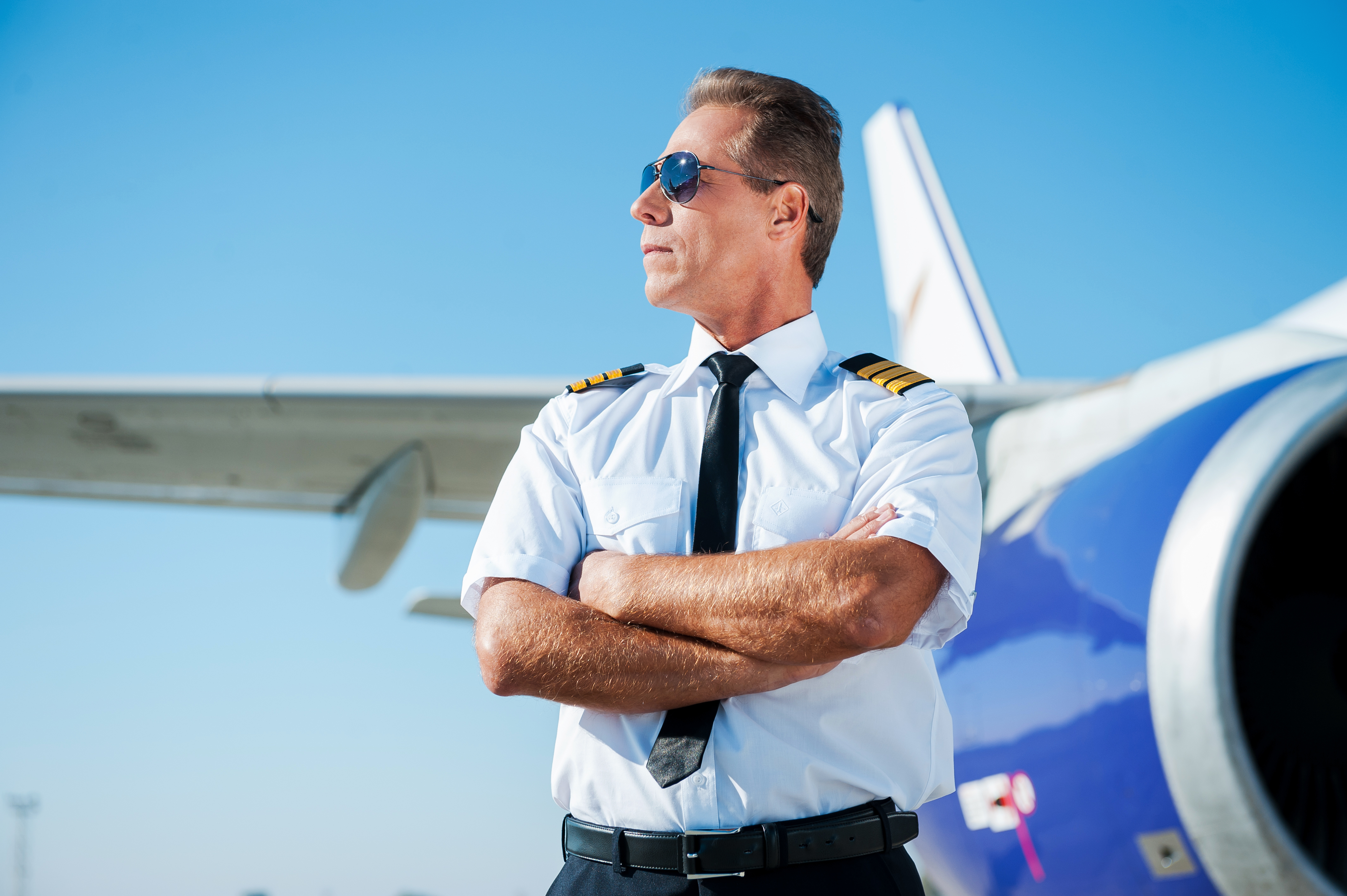



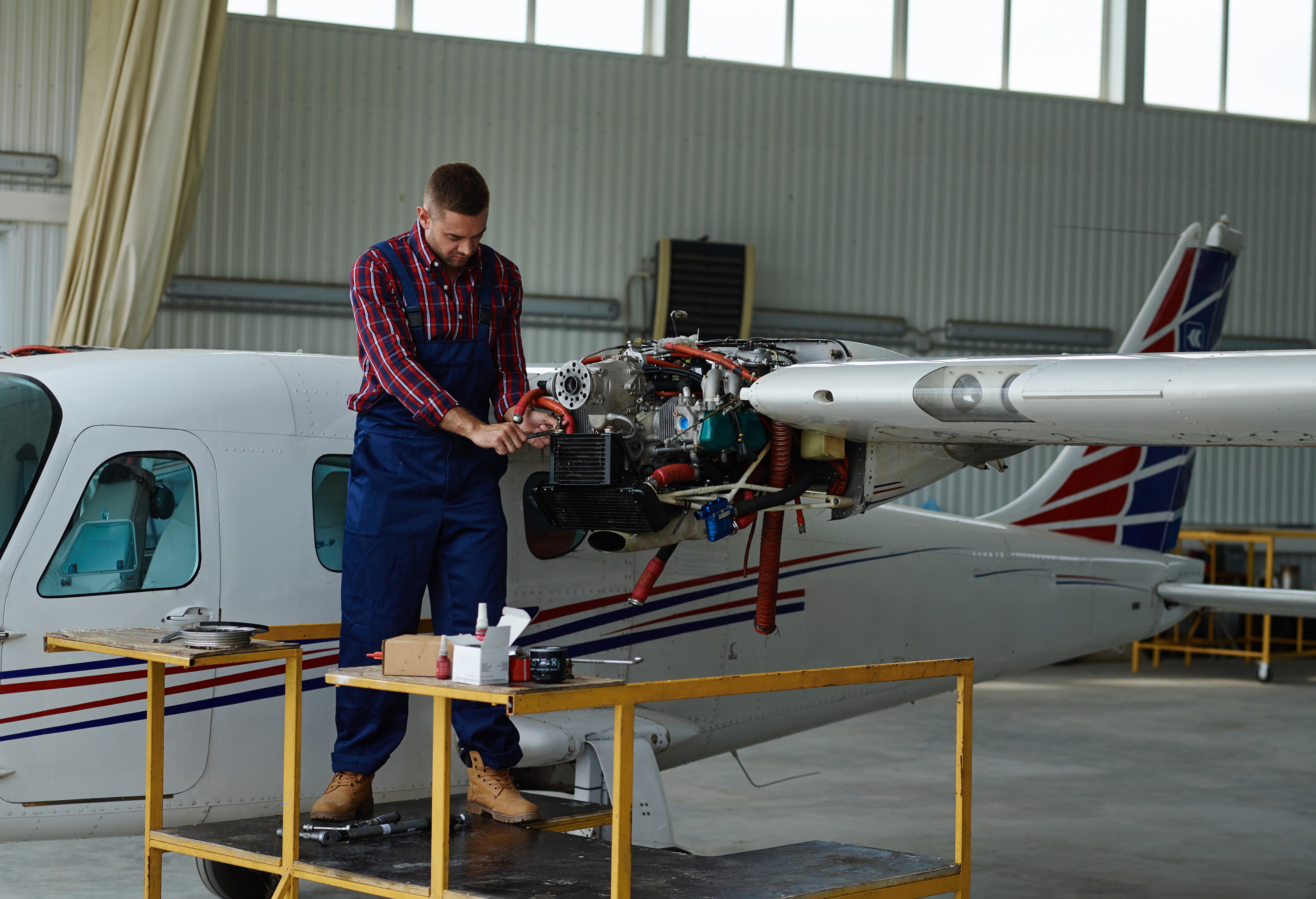
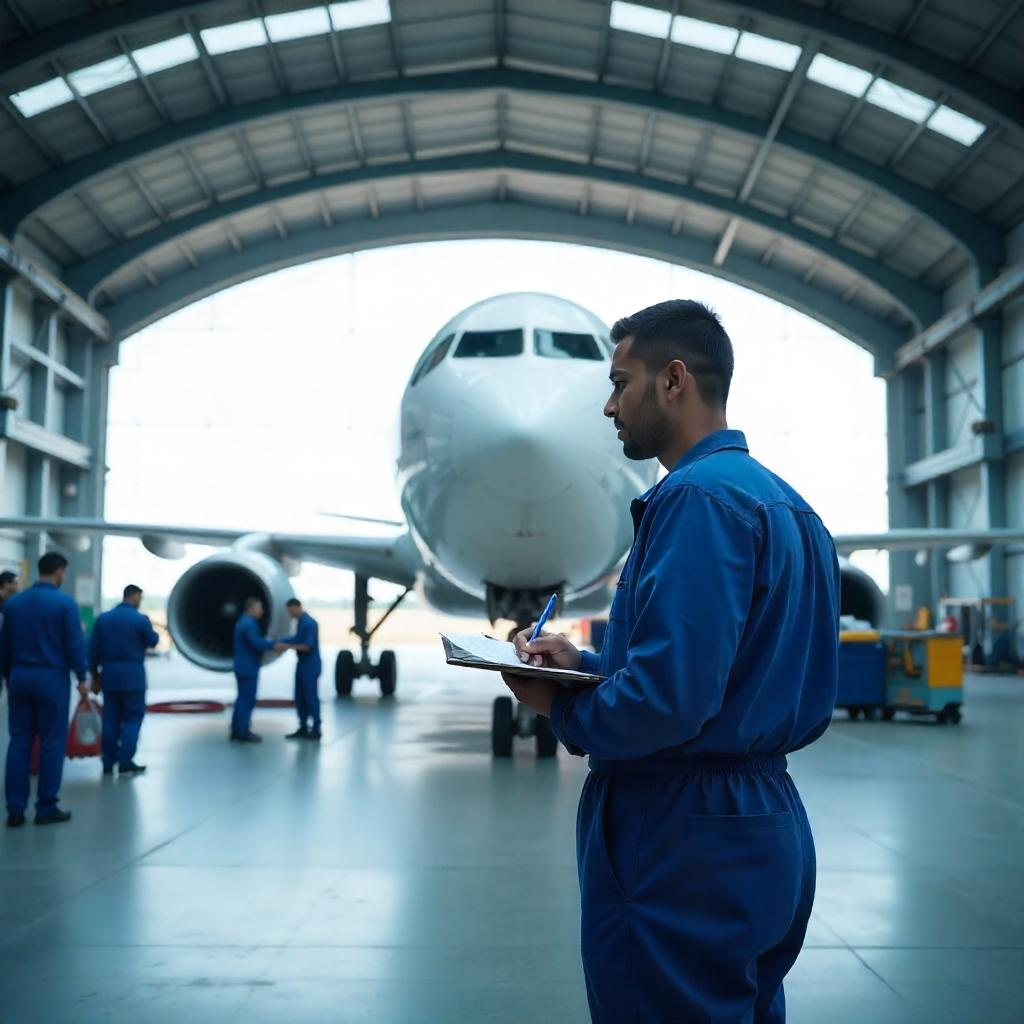

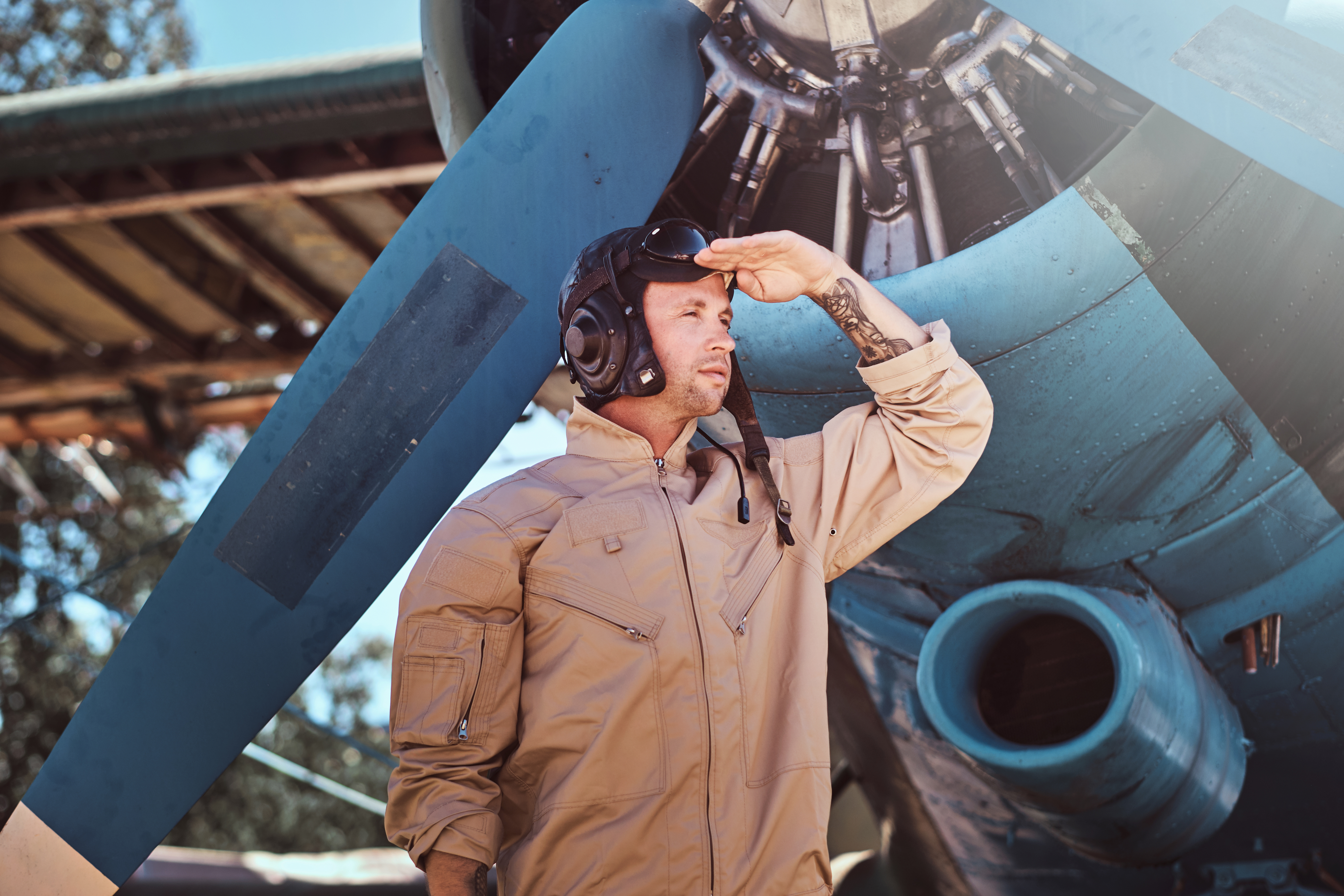
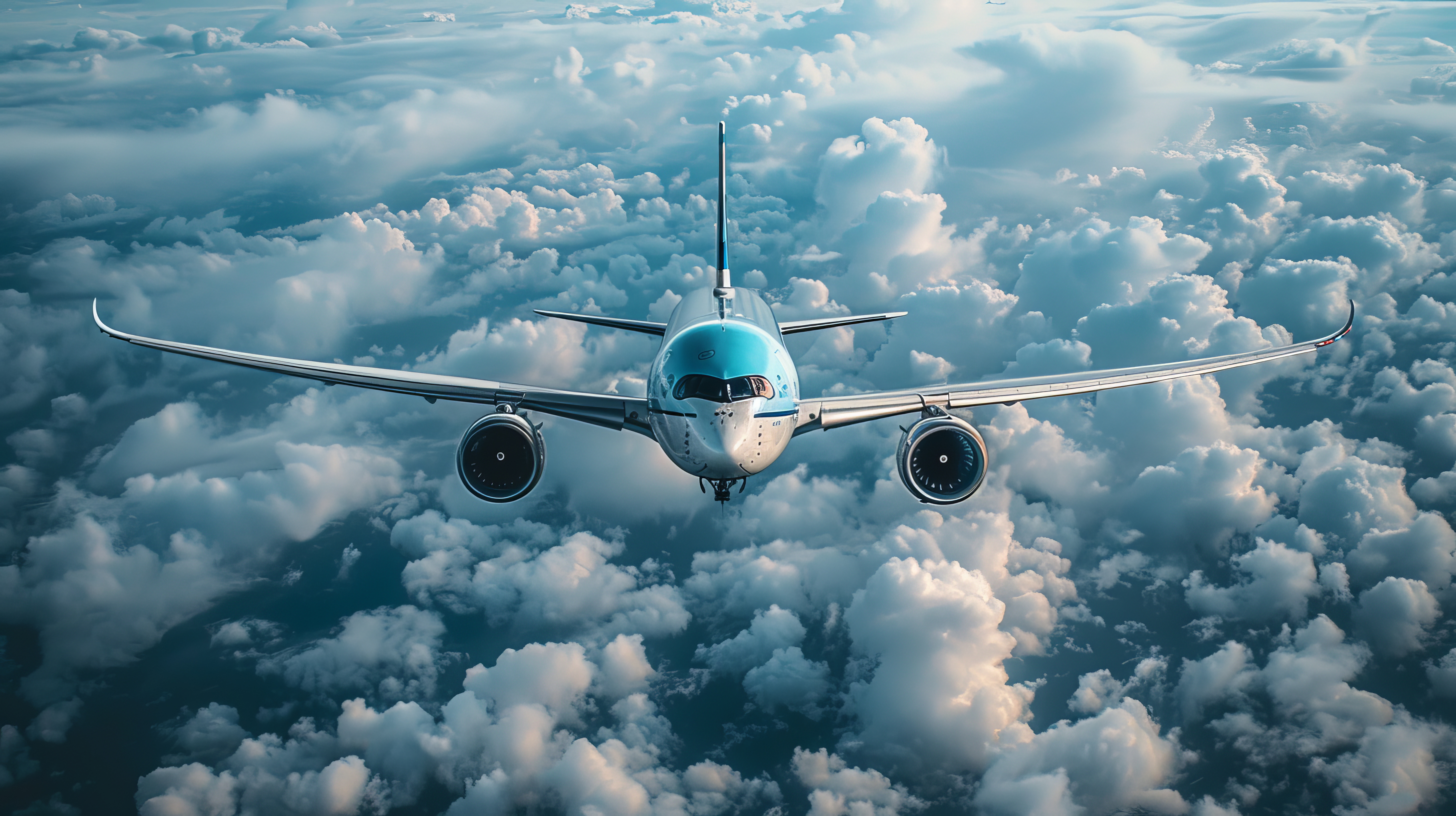
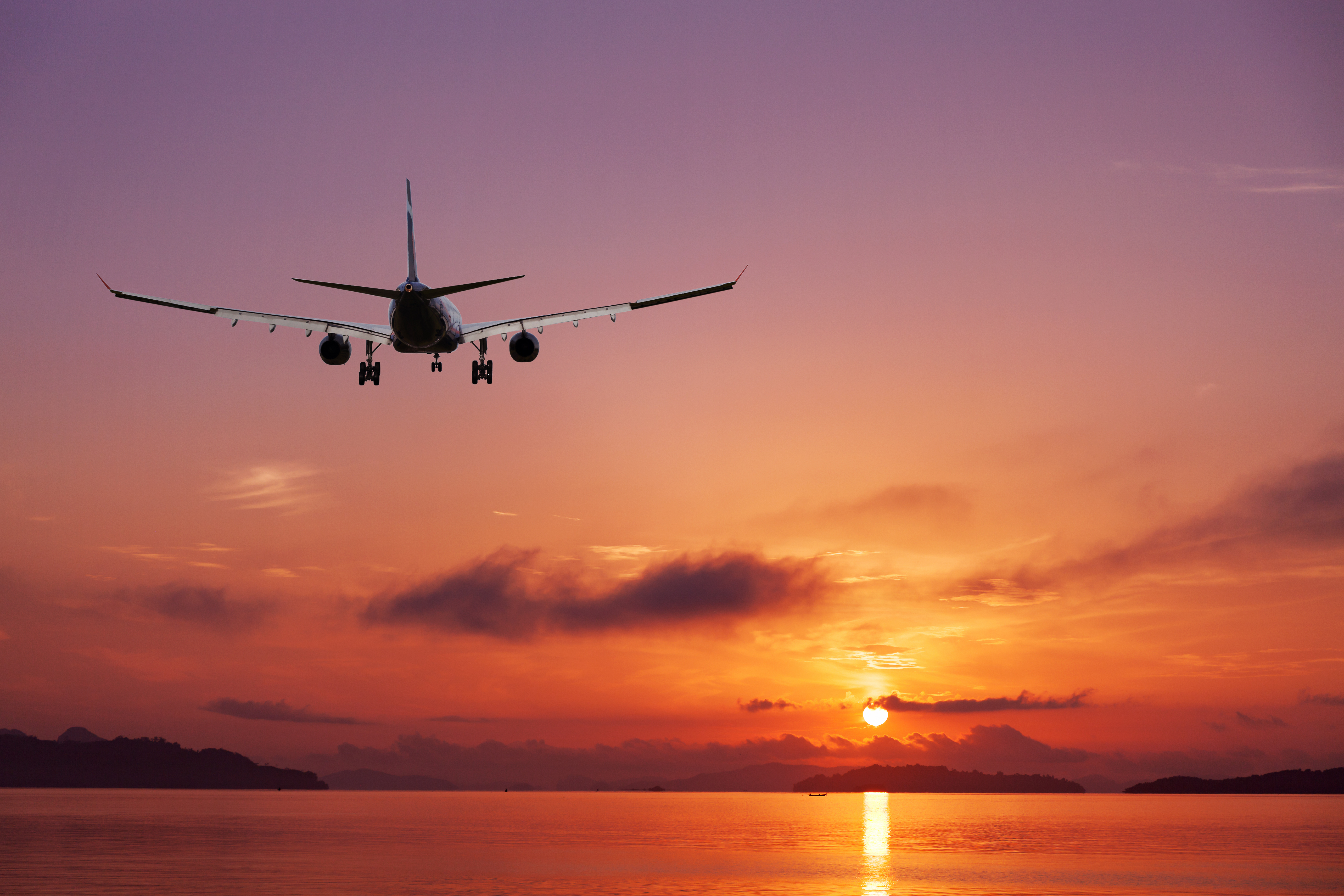

Apply Now